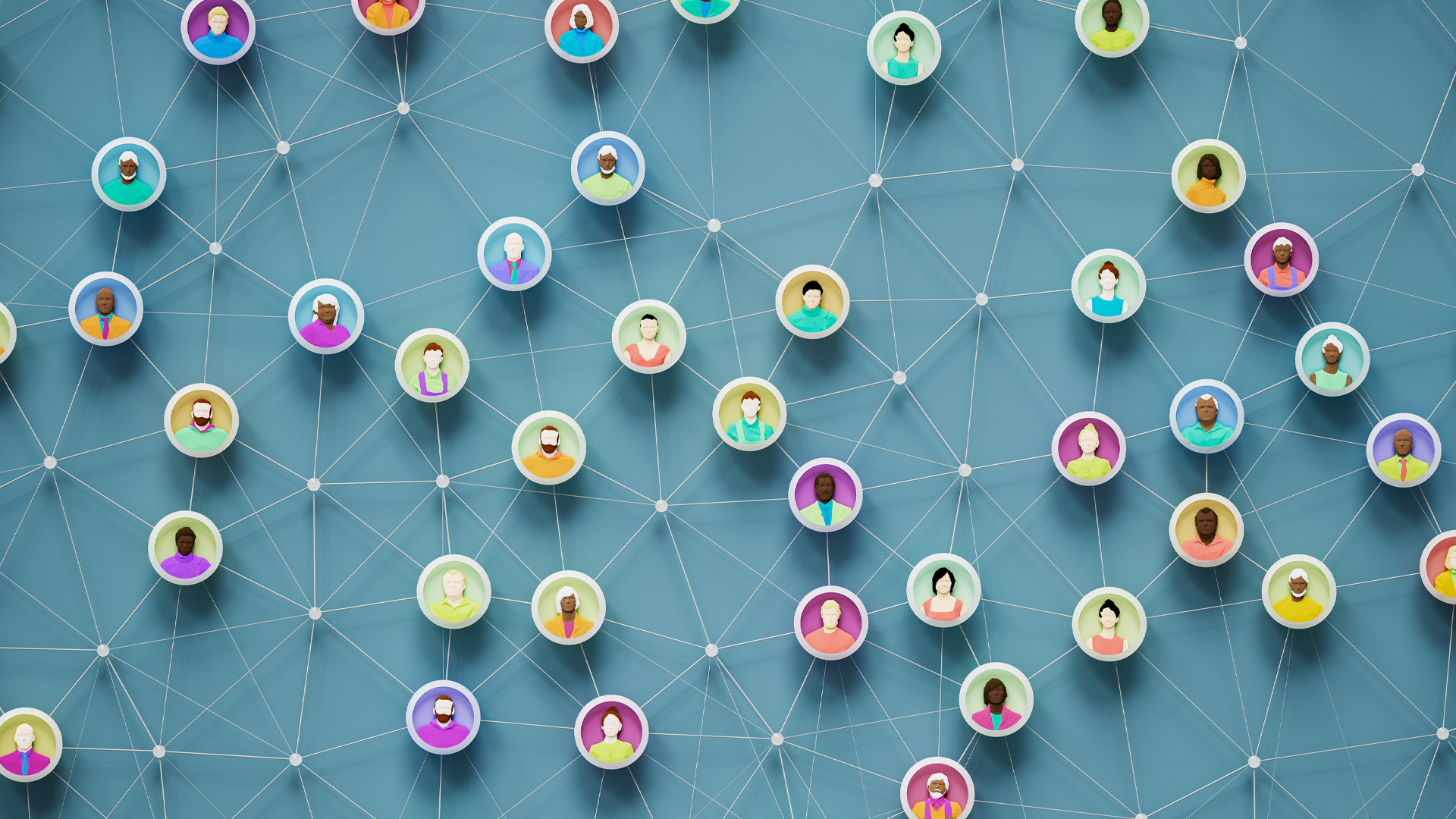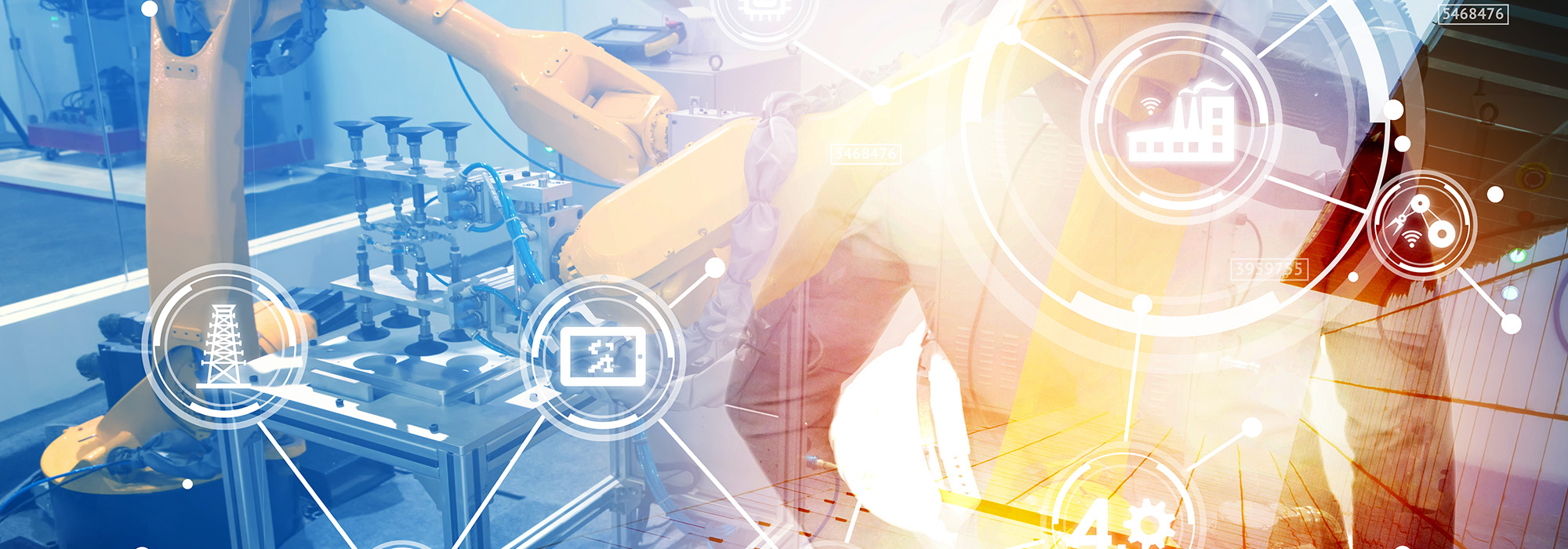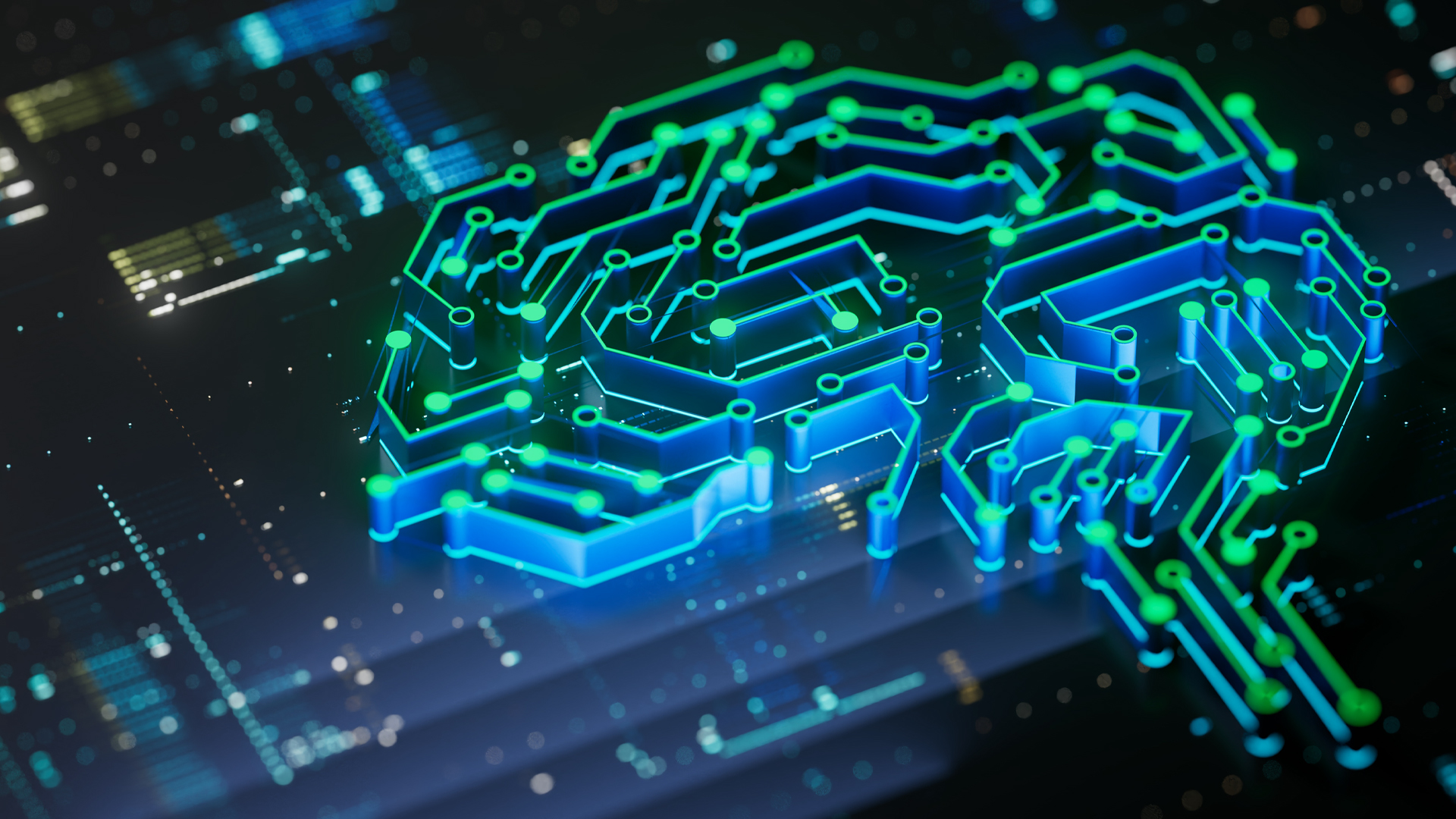
Recent developments in artificial intelligence (AI) — and particularly machine learning (ML) — are impressive, and there is increasing awareness of the potential impacts of these new technologies on work and the economy in general. According to a 2018 Gallup poll, nearly three-quarters of adults in the US (73 percent) say an increased use of AI will eliminate more jobs than it creates. Are we making the right assumptions regarding AI and the transformation of work?
Two ideas point to the importance of new developments in AI. The first is that the performance of new AI systems is similar or even superior to that of humans, for specific and narrow tasks — for example, facial recognition, translation, checking medical images for cancerous cells or playing the Chinese game of go. The second is that we do not need human experts to train these systems. With the proper human supervision, they will learn by recognizing patterns in data. To use a simple example, we can train a system to detect lung cancer on X-rays even if no radiologist is involved in the training process, yet these systems will perform as well as professionally trained radiologists.
Erik Brynjolfsson and Andrew McAfee, from the MIT Initiative on the Digital Economy, called these developments the “most important general-purpose technology of our era.” AI is poised to have a transformational impact on economic production, and although it is already used in thousands of companies around the world, they expect that most big opportunities have not yet been tapped.
AI is driving changes at three levels in the business world. First, it is used to automate or improve specific tasks and occupations. For instance, we may free up the schedules of radiologists or legal clerks by using systems than will scan medical images for cancer cells or scan legal contracts for useful information in a court case. Less-skilled workers may even be easier to replace with automated systems.
Second, AI can be used to redesign business processes. Amazon uses ML and AI to optimize and reinvent workflows and layouts in many of its fulfillment centres. It is likely that similar systems will be applied to other processes, such as assembly lines in the car industry. Third, AI is likely to lead the way for entirely new business models, as is often the case when new technologies are commercialized. Consider a social media outlet like Facebook and the search engine Google, or the other child companies of Alphabet. Business models like these were unthinkable 20 or 30 years ago.
Like so many other new technologies, however, AI has generated hype, misunderstandings and questionable assumptions. When it comes to the transformation of work, three issues should draw our attention more specifically.
Estimated numbers
What is the magnitude of the changes related to AI? What is the rate of change? Should we expect a large contraction of the labour market? Economists Carl Frey and Michael Osborne estimated that 47 percent of jobs are in the high-risk category for being replaced by robots. Hal Sirkin, Michael Zinser and Justin Rose with the Boston Consulting Group offer two scenarios for the spread of robots over the next decade; according to the most aggressive scenario, the world stock of robots could quadruple by 2025. By contrast, the Economist claimed in February 2017 that “automation is occurring not too rapidly but too slowly.”
We are probably right to expect significant changes in the workplace and a contraction of the labour market. In the US, for instance, 30 percent of all jobs are in the transport industry. Yet this is an industry where robots and other AI-powered devices seem very close to reaching the mass market, with car and truck manufacturers developing driverless vehicles. Hugh Son from Bloomberg reports on new software developed by JPMorgan that would process commercial-loan agreements and perform in seconds the work that now takes lawyers 360,000 hours.
We should be very careful, however, before taking any of these numbers or figures seriously. Remember that AI may change business processes significantly and even create entirely new business models. It thus follows that any attempts to predict the transformation of work are still very speculative at this point, making it all the more difficult to quantify the magnitude of these transformations. This is not to diminish the credibility of the studies mentioned above — they are important and valuable works — but these estimates should still be taken with a grain of salt.
Worker training
What is the best way to prepare our workforce for the change to come? One widespread view is to focus on improving workers’ computer-related skills and technical skills, or at least their general ability to interact with machines. Many leaders within the big tech industry will claim, for instance, that we must teach people how to code computer programs.
While it is necessary to invest time and resources for worker training, and while it seems generally wise to focus on improving advanced skills that require a high level of education, it is not clear why we should focus primarily on improving computer-related skills. The transformation of work is likely to be significant in terms of the tasks or processes that will be automated. Following that logic, there is no reason to believe that tasks such as coding, software engineering or even system design will survive unchanged. AI researchers today are building systems that can build other AI systems. The Google AutoML platform, for instance, aims at making AI accessible to every business without the need for AI experts (who are in severely short supply these days). Among other things, the system will let people train custom ML models without having to code.
In the face of uncertainty, it may in fact be safer to focus on improving more fundamental skills. Our workers should be able to interact easily with machines, sure; but, most important, they should also be competent in mathematics, arts, philosophy, chemistry, political sciences, fundamental research and so on. These fundamental knowledges are more likely to prepare our workers for an economy in a deep transformation, to give them the necessary skills to adapt to this transformation, to create skills that will be hard to automate in the foreseeable future and that are likely to create the most value-added. What is more, these fundamental knowledges are hard to acquire once one has joined the labour market, so we should focus on the student population now, and we should create opportunities for workers to seek a higher education.
Redistributive measures
Replacing workers with autonomous systems may increase inequality in the economy if it leads to a contraction of the labour market (fewer jobs for workers, at least in the short term) while business owners keep making money. But the automatization of work creates a second effect that is as important, albeit less well understood. As business invests in machinery to replace workers, the stock of capital becomes larger relative to income. The economic value of buildings, computer systems, tools, software and shares in other businesses becomes larger relative to how much money is given to people for their work.
With the automatization of work, there is even more capital and more earnings for capital owners. In the face of rising inequality, this is problematic: capital is already more concentrated than income. Fewer people own a larger share of capital and receive a larger income from that capital, relative to income from labour that is shared among a larger group of people.
A popular solution to dealing with rising inequalities is the institution of a basic income; that is, some form of unconditional social security benefit that is provided to everyone within a society. This would ensure that economic wealth is redistributed and would compensate for unemployment. However, considerable political obstacles will need to be overcome before we can institute this form of unconditional income. Also, the state may need to increase its own income if it wants to provide more people with more benefits.
This is why Bill Gates, co-founder of Microsoft Corporation, last year suggested creating a special tax for robots, in order to pay for a universal basic income. But this measure raises issues of its own, as it may slow down automatization, innovation and economic growth, and may create a distortion in the implementation of new autonomous systems in the industry.
Another interesting idea, however, comes from Thomas Piketty in his 2014 international bestseller, Capital in the Twenty-First Century. Following the work of Anthony Atkinson and others, Piketty shows there has been a steep increase of income and capital inequality in the last 50 years, as well as a steep increase in the accumulation and concentration of capital. In response to that problem, he suggests we should tax capital to create a steady stream of income for the state and temper the effects of wealth concentration. This tax would be levied in addition to existing consumption and income taxes. Piketty’s book was published before there was a general awareness of recent developments in AI and their potential disruptive power. Still, his rationale for taxing capital is likely to apply to the economic impact of the development of AI, especially given that the automation of work may reinforce the current trends toward greater inequalities and a shift from income to capital.
As a last idea to deal with AI and rising inequalities, perhaps it would be preferable to tackle the issue closer to the source of the problem: capital ownership and the structure of the firm. If the development of AI is going to make business owners wealthier, perhaps capital ought to be more equally divided between owners and workers/consumers. Existing legal forms of the firm allow for just that: worker/consumer cooperatives exist in many jurisdictions worldwide, and they tend to foster a wider distribution of capital, in addition to empowering workers, consumers and/or communities to invest more fully in firms. If rising inequality is a problem, the big tech industry could be restructured around new forms of the firm: cooperatives instead corporations, or a mix of both.
Cooperatives have been around for a long time, yet they remain a marginal option among governance scholars and economists of the firm. Very few of them will consider cooperatives an attractive replacement for corporations or investor-owned firms. What is more, very few people have suggested that more cooperatives in the economy could temper the negative effects of the development of AI on work and the economy. This skepticism or indifference may be warranted, but the potential impact of the development of AI should make us revisit the question as extensively and as impartially as possible.
There is rising awareness of the potential impacts of AI on the world of work. And while many initiatives are promising, we must make sure not to be blinded by early numbers. And we must emphasize fundamental knowledges for training workers and use the best redistributive measures to temper the effects of rising inequalities.
This article is part of the Ethical and Social Dimensions of AI special feature.
Photo: Shutterstock, by Zapp2Photo.
Do you have something to say about the article you just read? Be part of the Policy Options discussion, and send in your own submission. Here is a link on how to do it. | Souhaitez-vous réagir à cet article ? Joignez-vous aux débats d’Options politiques et soumettez-nous votre texte en suivant ces directives.








